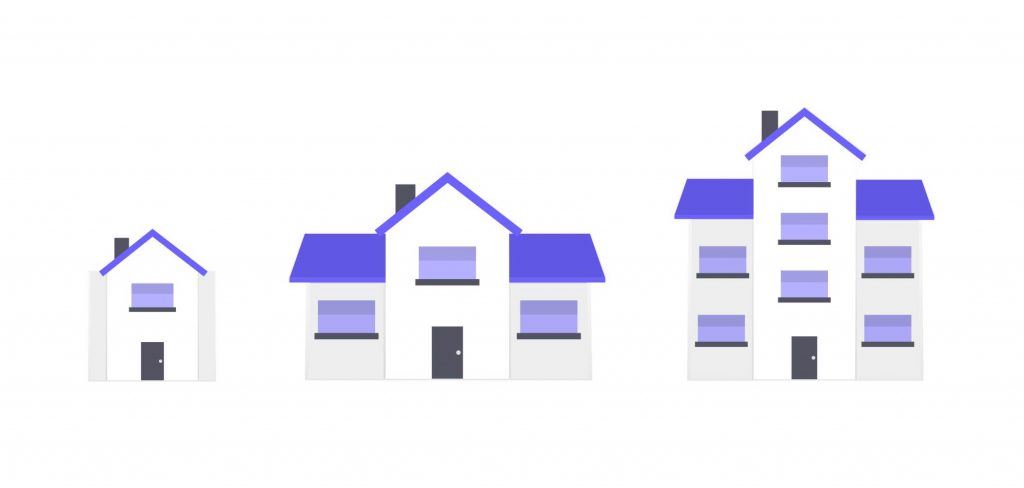Flying was a hell of a problem until it was solved. Then, people built on top of that and now we have over 5,000 airlines, therefore an industry of flying. Pretty obvious, right?
Basketball tactics (every now and then) come out of nowhere and seem bulletproof — that is until someone decodes it and now every young player of the generation following the breakthrough know about it. “It used to work then, doesn’t work anymore now kid.” In other words, they’ve built on top of it.
Criminals decode a flaw in the system and profit from it — on and on and on and on. That is, until laws come and prevent that from happening anymore.
Say Pablo Escobar. He managed somehow to get his cartel to supply over 80% of the world’s cocaine through a set of tactics and strategies. That is, until he was brought down and then the next drug cartels had to come up with newer, better, more effective strategies.
The common line from the 4 paragraphs above is that humans build on top of something. It’s how our civilisation works and the reason why we don’t have to rediscover fire in every single household. Once fire, Pythagoras’ theorem and taxes systems are discovered, offsprings spend a couple of decades to become aware (and knowledgeable) of these.
What does this have to do with reducing user churn?
We’ve always built on top of a foundation. When the foundation turns out to be strong, there’s a long way to go when it comes to discoveries, conquests or success. If it turns out to be weak, you find out later when it all comes down crashing.
Here’s the good news in business:
In a company (as opposed to a building) you can come back later to the foundation when there’s already a lot built.
You can correct things before they come down crashing into a pile of dust and rocks. “Things” may equal what was preventing people from staying engaged longer with your content or product.

My point is this
Build on top of what you’ve got and on top of what else there is in the market/industry. Work on the foundation, even if it’s later, as it’s possible. Those two are pretty clear for all of us.
Here’s what I think is not clear for all of us.
Being aware of what else is there besides your building. For instance, in one of our project for a mental health SaaS company, we had to be extremely aware of a huge thing that people have built on top of for a lot of time:
The stigma around mental health.
Around therapy, around being “sick” and around how weird it is to talk about that. Another thing that was there (massively) in today’s society — this aura of “This is what I’m doing and it’s going well” but fewer people talk about “Well, I’m coming out clean, this is me.”
We’ve had good basis though — if body health can mean both being sick and wellbeing (i.e. going
Consequently, that led to a shift in the foundation of the software company. It meant they’re now looking at not how to demolish the stigma but rather use this block as momentum martial-arts-style. Talking about it (anxiety, depression, panic attacks) is fine, these people say as of now, it starts with that.
But hey, every case is different — your SaaS must be different than the stigma around mental sanity. All I’m saying is this:
We’ve biologically evolved to build on top of what was there before and we better damn make sure we keep doing that.
About Ch Daniel
I run chagency, an experiences design agency that specialises on helping tech CEOs reduce user churn. We believe experiences are not only the reason why users choose not to leave but also what generates word of mouth. We’re building a credo around this belief.
I’ve also created an infinitely-valuable app for sneaker/fashion enthusiasts called Legit Check that impacted hundreds of thousands over millions of times – check it out at chdaniel.com/app
Please share this with someone and subscribe to our newsletter!— helps us keep pumping content?




